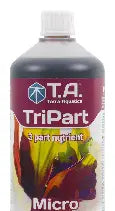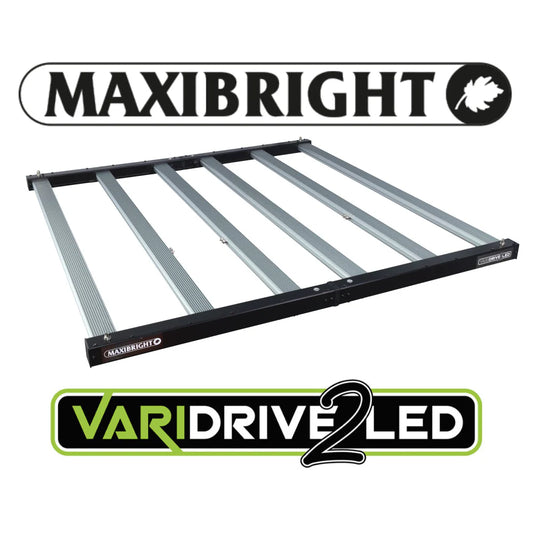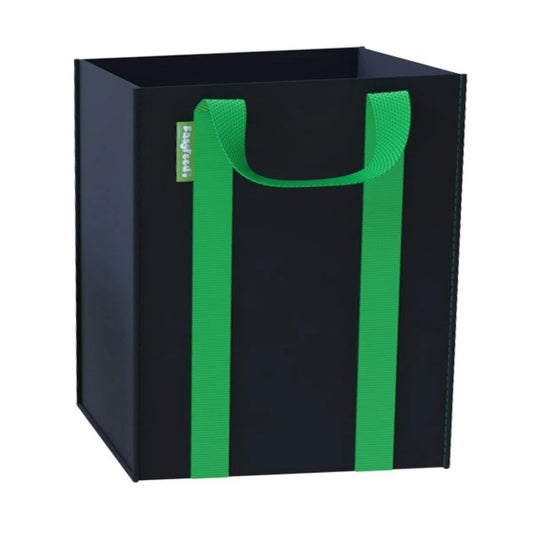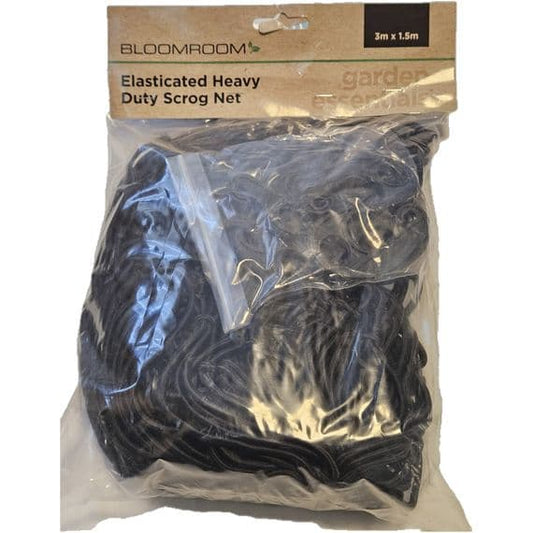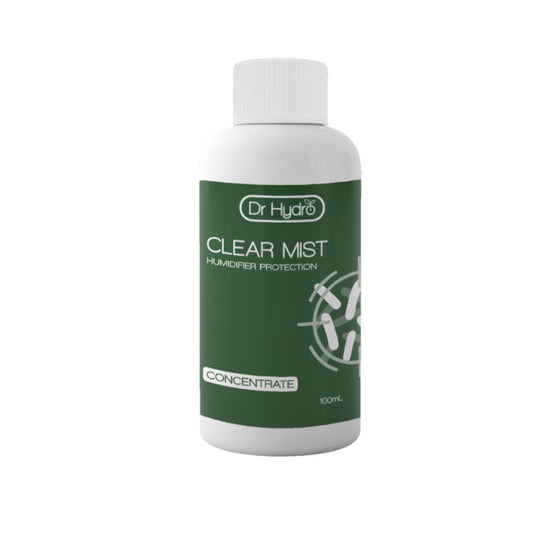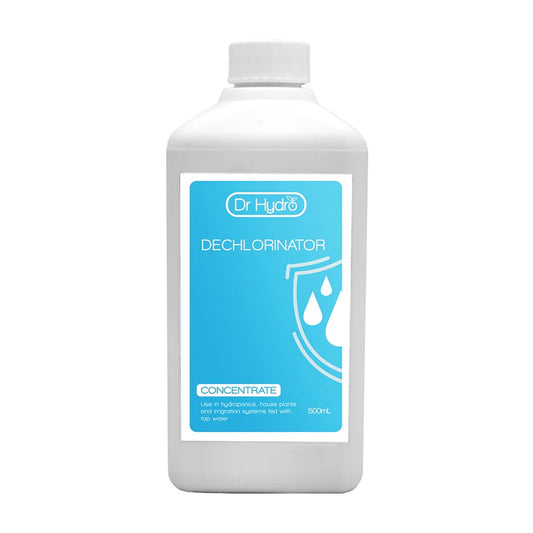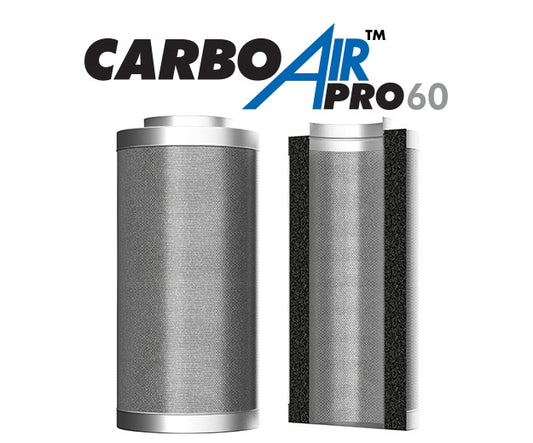Are You Making These 3 Common pH Mistakes? It's Costing You More Than You Think
When it comes to getting incredible results, whether in your garden, aquarium, or home brewery, managing your pH is a non-negotiable fundamental. You've invested in the right equipment, the best nutrients, and the perfect setup. But what if a few simple, common mistakes with your pH management are quietly sabotaging all your hard work?
An incorrect pH can lock out essential nutrients, stress your plants, and halt growth in its tracks. The frustrating part is that many people make the same critical errors without even realising it.
Let's look at the top three pH mistakes we see time and time again and find out how you can easily avoid them.
Mistake #1: Chasing a Single "Perfect" pH Number
Many guides will tell you that the "perfect" pH for your system is a specific number, like 5.8 or 6.5. This leads to one of the most common and stressful mistakes: constantly battling to keep your reading locked on that single digit.
The Reality: pH is a range, not a single magic number. In fact, it's natural and even beneficial for your pH to drift slightly within an acceptable range. This slight fluctuation can actually help your plants or system absorb a wider spectrum of nutrients and minerals that become available at slightly different pH levels.
How to Fix It:
Know Your Range: Instead of a single number, identify the ideal range for what you're growing or managing. For most hydroponic plants, for example, a range of 5.5 to 6.5 is excellent.
Embrace the Swing: Stop panicking if your reading moves from 5.9 to 6.2. As long as it stays within your target range, your system is healthy. Constant, drastic adjustments with "pH Up" and "pH Down" solutions can cause more stress than a gentle, natural drift. Aim for stability, not pinpoint perfection.
Mistake #2: Forgetting to Calibrate Your pH Pen
Here’s a hard truth: An uncalibrated pH pen is worse than no pen at all.
Think of it like a watch that hasn't been set. It will give you a reading, but that reading is meaningless and will lead you to make the wrong decisions. Your pen is a sensitive scientific instrument. Over time, its electrode loses accuracy due to residue buildup, storage conditions, and general use.
If your pen reads 6.8 but the actual pH of your solution is 5.8, you might add "pH Down" to correct a problem that doesn't exist. This one action can lock out critical nutrients like calcium and magnesium, causing deficiencies that you then misdiagnose.
How to Fix It:
Make it a Habit: Calibration isn't a "once in a blue moon" task. You need to do it regularly. A good rule of thumb is to calibrate your pen at least once a week, and always before starting a new nutrient reservoir or after changing the batteries.
Calibrate if Dropped: If you ever drop your pen, even from a small height, recalibrate it immediately. The jolt can easily throw off the sensitive electrode.
Follow the Instructions: Every pen is slightly different. Read the manual and follow the manufacturer's calibration process precisely using the correct buffer solutions (usually pH 4.0 and 7.0). It only takes a few minutes, but it will save you weeks of headaches.
Mistake #3: Using Old or Contaminated Calibration Solutions
This final mistake undermines the solution to mistake #2. You've committed to calibrating regularly—fantastic! But you're using a bottle of buffer solution that's been open on a shelf for a year.
Calibration is only as accurate as the solutions you use. These liquids are designed to have a precise, stable pH. Once opened and exposed to the air, they can become contaminated or evaporate, causing their pH value to change. Dipping a dirty electrode directly into the bottle will instantly contaminate the entire volume.
How to Fix It:
Use Fresh Solutions: It's often best to buy calibration buffer in single-use sachets. This guarantees a fresh, uncontaminated sample every single time.
Never Dip and Sip: If you use bottles, never dip your pen's electrode directly into them. Pour a small amount into a separate, clean container (like a shot glass or beaker) to perform your calibration, and discard the used solution afterwards.
Store Them Properly: Keep your solution bottles tightly sealed and store them in a cool, dark place away from direct sunlight to maintain their integrity.
The Takeaway
Managing pH doesn't have to be a stressful, constant battle. By avoiding these three common mistakes, you can ensure your measurements are accurate, your system is stable, and you're creating the perfect environment for growth.
Stop chasing a single number, trust your calibrated instrument, and give your setup the stability it needs to thrive.
